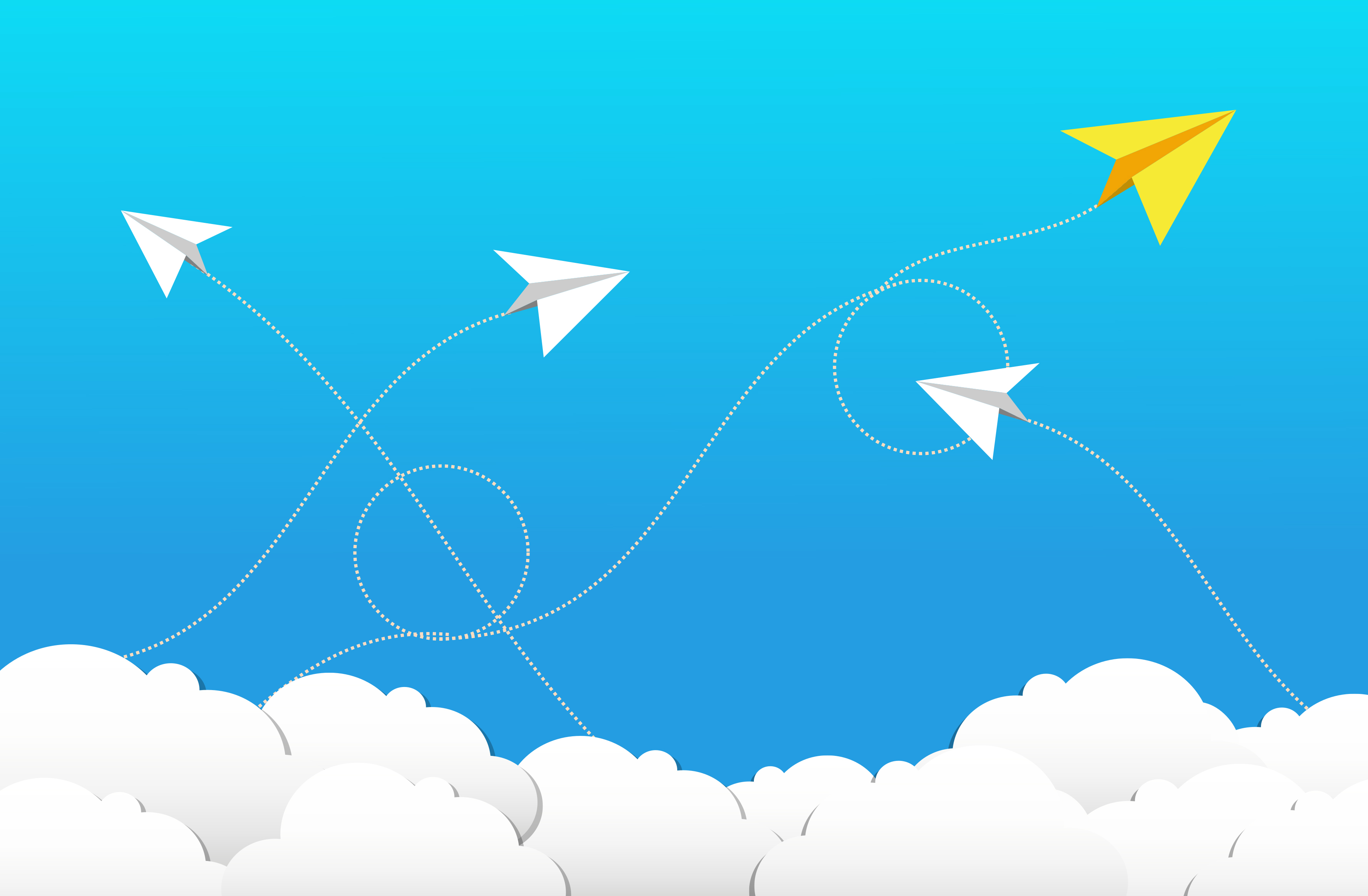

Next door in the bakery, a cat named after Russian mathematician Vladimir Arnold uses a cookie cutter to punch out neat rows of interlocking cookies shaped like the Greek symbol Pi. The other is donut-like shape called a torus. For one, she has taken a strip of clay, given it a half-twist, and then joined the ends together to form a one-sided object called a Möbius strip, whose discovery in the mid-1800s helped launch a branch of mathematics called topology. Paley, also a Durham-based ceramic artist, ponders the best spot for two objects she created. The object she reaches for is no ordinary bottle, but a twisted glass container with no opening and the neck tucked inside.

“You know we could put a Klein bottle behind that window,” Daubechies says. On one day in the final stretch of the assembly, Daubechies and Pratt School of Engineering instructor Elizabeth Paley are putting the finishing touches on the curio shop - a dollhouse-like building devoted to curious mathematical objects that seem to defy common sense. This summer, the fully vaccinated participants - traveling from Georgia, Colorado, Washington, Arkansas and elsewhere - met in person for the first time over three weeks at Duke to finalize many of the components and put them all together. “We all had a peaceful bubble where we could express and create and be welcomed,” Ehrmann said. “It really helped us keep going during the pandemic,” Daubechies said. Over the next 15 months, the collaborators would spend some 396 hours in virtual meetings and exchange more than 8,300 emails.įrom their separate lockdown locations they painted, sculpted, beaded, embroidered, carved, folded, 3D printed, stitched and welded using a quarter-scale mockup to test out their ideas and visualize how they might look. shut down because of the coronavirus crisis, and we had to reorient ourselves.”ĭespite the disruptive COVID-19 pandemic they decided to meet anyway, over Zoom. “And of course you know what happened then,” Daubechies said. Originally, the team had planned to get together in person to build the installation starting in mid-March 2020. Even the mountains and cliffs she is heading towards, built from either vertical columns or horizontal slabs, are meant to illustrate different ways of defining integrals.ĭaubechies and Ehrmann first pitched the project and made a call for collaborators at the Joint Mathematics Meetings in Denver in mid-January 2020. The tortoise’s ceramic shell is a nod to hyperbolic geometry, its surface covered with a honeycomb-like pattern of seven-sided heptagons. But to mathematicians it’s a Sierpinski tetrahedron, a three-dimensional fractal with patterns that repeat over and over at increasingly smaller scales.

To the uninitiated, the kite flying behind her looks like a cross between a pyramid and a block of Swiss cheese. But to reach her destination, she must get there by taking an infinite number of smaller and smaller steps - an idea that is the basis of calculus.Īlong the way the tortoise encounters mathematical ideas and formations that many have never heard of.

Nearby, a green knitted tortoise sets out for a hike. On one side of the installation, fanciful sea creatures frolic in an ocean bay - a nautical scene dubbed the “knotical scene” in honor of the subfield of math known as knot theory.ĭenver-based artist Tasha Pruitt shows off a psychedelic sea slug known as a nudibranch that she made out of blue foam, a tuft of cleverly twisted mathematical knots protruding from its back. See the installation up close at an open-door event from 1:30-2:30 in Gross 355, followed by presentations and Q&A with several of its creators from 2:30-3:30 in Gross 330. The 20-foot-long, 10-foot-wide piece, a mixed-media art installation dubbed “ Mathemalchemy,” is the result of a two-year collaboration between Duke mathematician Ingrid Daubechies, Canadian fiber artist Dominique Ehrmann and more than 20 others devoted to the beauty, fun and creativity of math.ĭon’t miss your last chance to visit on Saturday, Dec. The \( x,y,\) and \( z\) terms are all squared, and are all positive, so this is probably an ellipsoid.On the third floor of Gross Hall lies a whimsical island where the landscape and creatures are not what they seem. Identify the surfaces represented by the given equations.Ī. \( \newcommand\): Identifying Equations of Quadric Surfaces


 0 kommentar(er)
0 kommentar(er)
